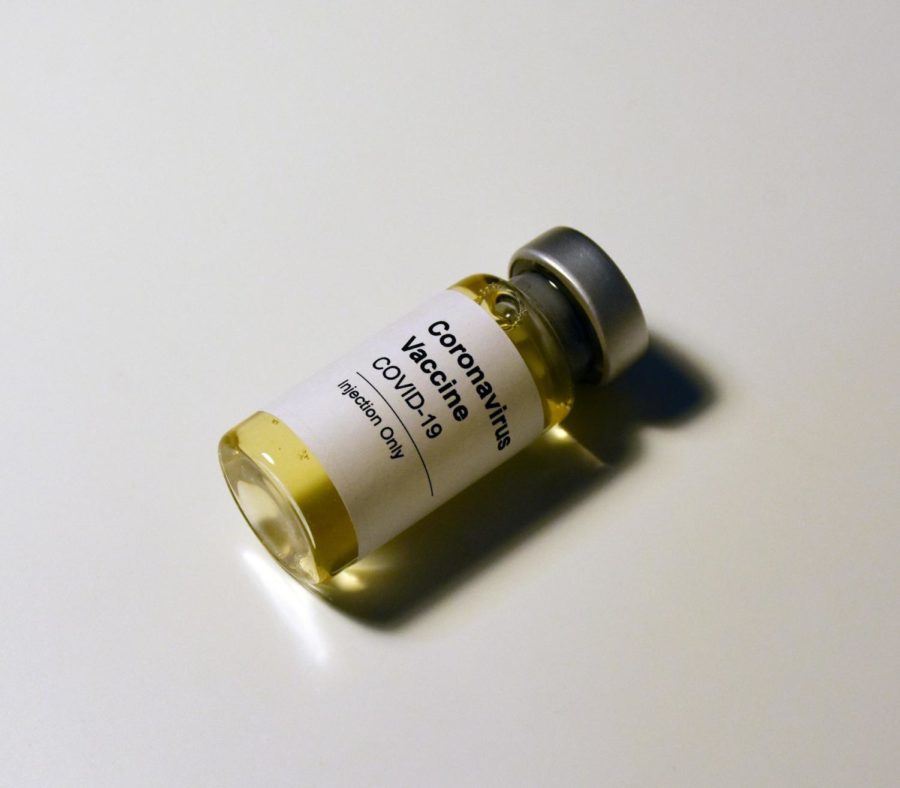Students share opinions on the COVID-19 vaccine
The problems and shortages with vaccine distribution have resulted in confusing guidelines and caused some high-risk groups to be prioritized over others.
February 21, 2021
On Feb. 4, Iowa had the third-lowest COVID-19 vaccination rates in the country, standing at 47, just above Missouri and Idaho. Today, Iowa is still working to distribute the vaccine to more of the population.
According to the Washington Post, Iowa has vaccinated approximately 13.6 percent of the total population with the first dose. The main focus of distribution has been toward first responders, front-line health care workers and the age group of 65 and over.
Lillian Becker, a sophomore majoring in supply chain management, said she was disappointed at the rates of vaccine distribution in Iowa and that it was difficult to see how many high-risk patients were being waitlisted.
“Although we aren’t the biggest state, I believe that there should be better distribution rates than what we have now. I think that if more vaccinations are given out, the spread of COVID-19 will continue to slow down,” Becker said.
Becker said she would be receiving the vaccine on Feb. 26.
“I am excited to be receiving the vaccine. I work as a lifeguard, which is considered to be a first responder to swimmers, so it is necessary to get the vaccine,” she said.
Blair Bell, a sophomore majoring in kinesiology and health, said that because she works at a long-term health facility, she was given the opportunity to get the vaccine.
“I was incredibly excited when I found out that I would be receiving the vaccine. I thought it would be a great opportunity and it was necessary to protect myself and my loved ones, as well as the people that I work with,” Bell said.
Bell said when the announcement came out that she would be receiving the vaccine, she was nervous and didn’t fully understand the details about it. However, after doing research and reading about the vaccine she would be receiving, Bell said she was dead set on getting it as soon as possible.
Eight hours after receiving the first dose of the vaccine, Bell said her arm felt sore and she experienced slight stomach pain. After the second dose of the vaccine, Bell said there were no symptoms.
“I was actually unaware that Iowa was one of the lowest states to receive vaccinations. Not too long ago, Iowa was one of the highest-ranked states in terms of positive cases in the U.S.,” Bell said. “At one point, Ames was the top-ranked city in the U.S. for positive cases.”
Bell also said while she is shocked about Iowa’s vaccination rates, she does understand other states have higher populations and larger cities who need it just as much as Iowa’s population.
“I hope that in the future, vaccines will be more publicly administered than they are now. I know that clinics are trying to keep up with the constant demand, but hopefully soon, everyone will have the opportunity to get vaccinated,” Bell said.
Karli Fritz, a sophomore majoring in genetics, said she would be 100 percent open to getting the vaccine. Fritz works in child care and vaccinations are needed for child care workers as well.
“I’m actually getting the vaccine on Monday and I think that now is the perfect chance to make the U.S. a little easier to live in with the pandemic,” Fritz said. “The 18-24-year-old population has shown some of the highest percentages of transmitting the virus so I think it’s important to vaccinate our age group.”
According to Dr. Anthony Fauci, the director of the National Institute of Allergy and Infectious Diseases, everyone that wants to get the vaccine will eventually receive it.
Healthy college students may be one of the last on that list, most likely falling under phase two distribution, according to the Centers for Disease Control and Prevention.

















